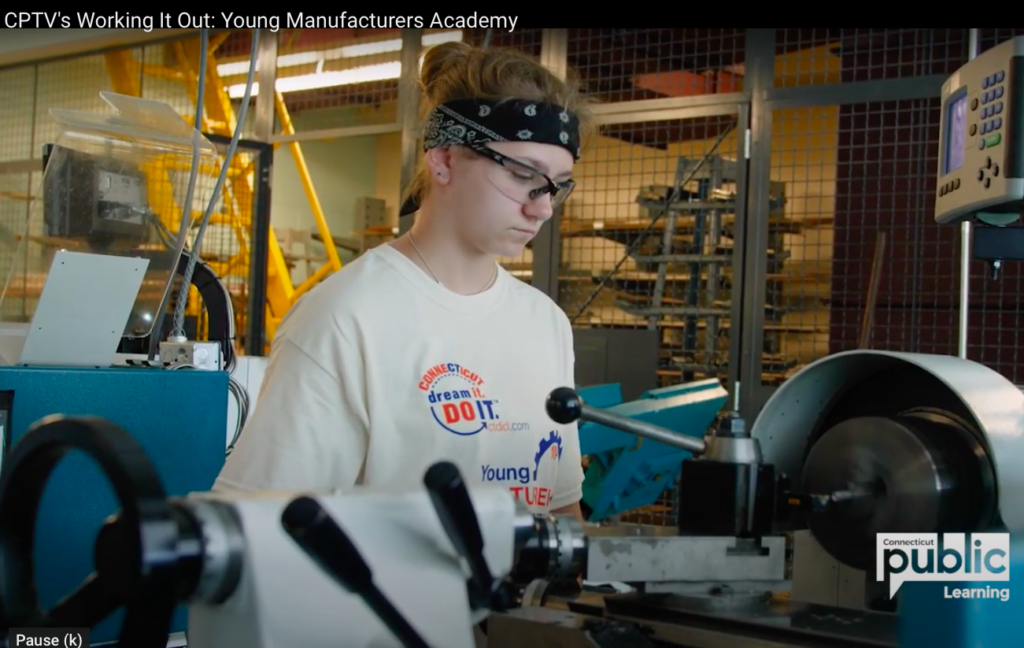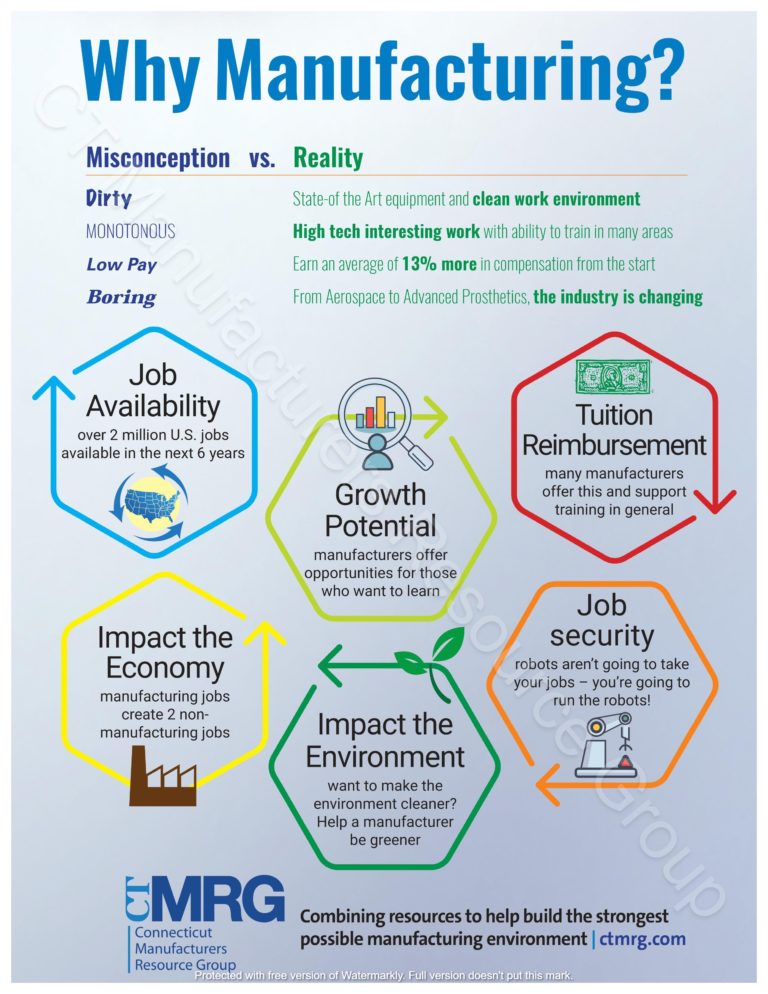
The rapid spread of the highly contagious COVID-19 virus variant, Omicron, had employers scrambling to keep up with federal, state and local vaccine and mask mandates. Determining whether or not they must implement vaccine and indoor mask mandates throughout their companies was a bit confusing.
On January 13, the U.S. Supreme Court issued a stayof the COVID-19 vaccine-or-test emergency temporary standard (ETS) issued on November 5, 2021, by the Occupational Safety and Health Administration (OSHA). The stay applies to all workers except those in the healthcare industry, who must continue to follow the terms of the ETS.
OSHA had issued the Emergency Temporary Standard (ETS) to minimize the risk of contracting or transmitting COVID in the workplace. The ETS applies only to employers with 100 or more employees that are under OSHA’s authority and jurisdiction. The ETS does not apply to employees who work from home, work exclusively outdoors, or do not report to a workplace where other people are present. Nonetheless, if implemented, the ETS would apply to approximately 84 million Americans.
Although all U.S. employers are not required to adhere to the ETS at this time, Washington D.C. Attorney Burton J. Fishman cautioned that OSHA could attempt to replace the ETS with a permanent standard in the future. And, Fishman says, state and local laws and regulations concerning COVID-19 vaccine and mask mandates will be upheld.
The Bottom Line
For employers, this means it’s important to ensure you have the most current regulations for your state and city or town. As of January 14, Connecticut has a vaccine mandate for state employees and health care workers only. You can read the details here.In addition, several towns have implemented universal indoor mask mandates. The Hartford Courant published a list of cities and towns with mask mandates on January 10. Since these local mandates are always changing, it’s best to keep checking with your city or town’s website to ensure you’re in compliance.
The Connecticut Manufacturers Resource Group (a subsidiary of Web Savvy Marketers) provides a list of CT companies who manufacture PPE products, including N95 respirators and face shields. We also offer access to vetted Human Resource professionals who can help manufacturers draft new COVID policies.







